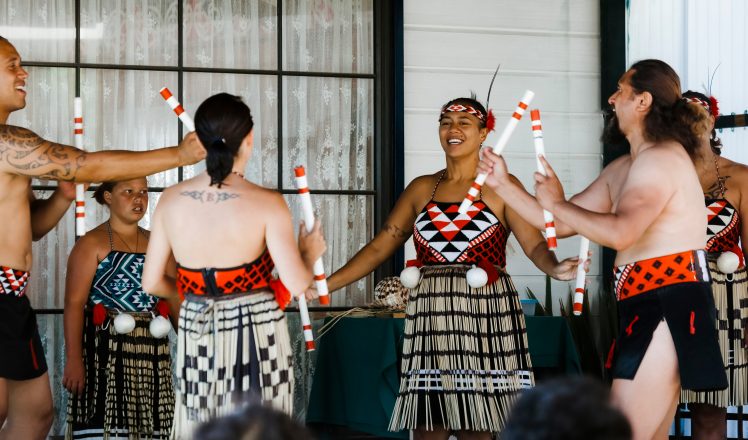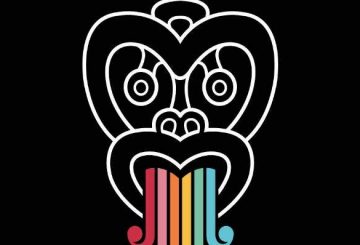Trong những năm gần đây, ngày càng có nhiều người nhận thức được các doanh nghiệp xã hội – các công ty được thúc đẩy bởi các mục đích ngoài lợi nhuận. Các công ty này thường mang lại lợi ích cho cộng đồng của họ và đáp ứng nhu cầu xã hội, tránh sự cần thiết phải can thiệp của nhà nước.
Steven Moe và Wayne Tukiri gợi ý rằng New Zealand có thể học hỏi từ các thực hành văn hóa Maori để hiểu và định hình bối cảnh doanh nghiệp xã hội của mình. Mặc dù thuật ngữ ‘doanh nghiệp xã hội’ là mới, nhưng các khái niệm của nó bắt nguồn từ các truyền thống cổ xưa.
Một số nguyên tắc chính của người Maori liên quan đến các doanh nghiệp xã hội bao gồm:
- Kaitiakitanga: Bảo vệ các giá trị và mục đích cốt lõi, đảm bảo chúng vẫn rõ ràng và không thay đổi giữa thành công hay thất bại.
- Mōhiotanga: Chia sẻ và xây dựng kiến thức, đặc biệt là trong giai đoạn đầu của một doanh nghiệp, để thách thức các phương pháp kinh doanh truyền thống.
- Tuakana/Teina: Các thành viên trưởng lão hướng dẫn và hỗ trợ những người ít kinh nghiệm hơn, thúc đẩy sự phát triển và học tập.
- Manakitanga: Thể hiện lòng hiếu khách, lòng tốt và sự hào phóng, phản ánh mục tiêu hướng đến cộng đồng của nhiều doanh nghiệp xã hội.
- Wairua: Nhấn mạnh hạnh phúc tinh thần bằng cách kết nối với các nguồn tài nguyên thiên nhiên và tập trung vào tính bền vững của môi trường.
- Chủ đề: Không sợ hãi và nắm lấy những ý tưởng sáng tạo thách thức các quan niệm kinh doanh truyền thống.
Bằng cách kết hợp các giá trị Maori này, các doanh nghiệp xã hội New Zealand có thể phân biệt mình với các mô hình toàn cầu. Mục đích là tạo ra một phiên bản độc đáo của doanh nghiệp xã hội bắt nguồn từ di sản văn hóa phong phú của New Zealand, hướng dẫn mục đích và hoạt động của nó
.





























































